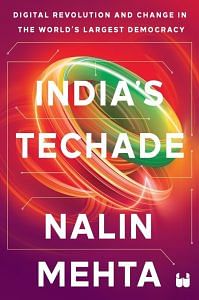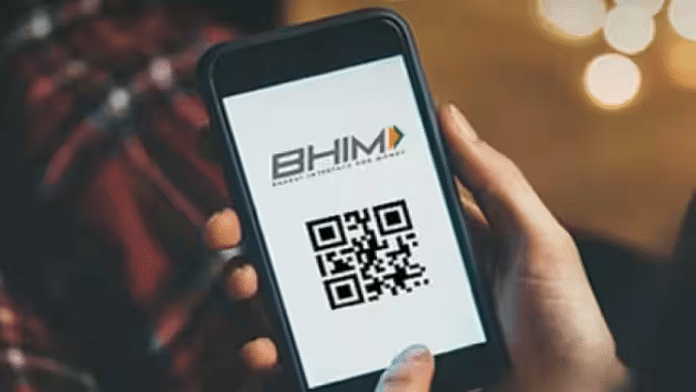It is not a coincidence that India named its State-run BHIM (Bharat Interface for Money) app, for easy digital financial transactions using UPI, after the Constitution-maker and visionary for Dalit rights, Dr Bhimrao Ambedkar.
Few may remember today that Ambedkar, besides being an eminent lawyer, was also an economist. His first MA dissertation at Columbia University in 1915 focused on ‘Ancient Indian Commerce’. His second MA thesis at the London School of Economics in 1921 was entitled ‘The Problem of the Rupee: Its Origin and its Solution’. As India’s inaugural law minister, he helped establish the First Finance Commission, which delineates funding between the Central government and the states, in 1951. His economic ideas, presented to the Hilton Young Commission in 1925, contributed to the creation of the Reserve Bank of India.
It is to Ambedkar’s deep economic influence that Modi alluded when he launched the BHIM app for financial transactions on 31 December 2016. Many had wrongly assumed that the app—one among many in India that use UPI—was named after the ancient warrior-prince of the Mahabharat, Bheema.
Also read: OYO couldn’t afford IIT grads but Anuj Tejpal didn’t want a salary. Now he’s worth crores
At the launch of the app, Modi explained the thinking behind its naming:
“India’s currency system, the imagination of its Central Bank and the financial system of its federal structure all had the clear darshan of one great man. The topmost contribution was of a great man whose name was Dr Bhimrao Ambedkar … This is why we are naming the app after him … In the coming days, all our commerce, like it used to happen with cash and coins, the day is not far when all our trade will happen over the BHIM app. In that sense, the name of Babasaheb Ambedkar is going to be centrestage in our entire economy through the BHIM app …
In the days ahead … when people will go to Google Guru and ask what is this BHIM? In the beginning, they will see the Bheema of the Mahabharat in search results. If they dig deeper they will find that India’s land gave birth to a great man like Bharat Ratna Bhimrao Ambedkar …
This technology is the greatest power. It has the power to empower the poor … It is a myth that it is the treasure of the educated rich. It is actually the treasure of the poor. It is going to give power to the poor, to small businessmen, to farmers living in far flung villages, to tribals spending their lives in forests and this is why this great man’s name has been connected to it because he gave his entire life for Dalits, the oppressed and tribals.”
In other words, from the get-go, Modi’s fintech gambit was not aimed at rarefied boardrooms but at the ‘illiterate’. Addressing those who in the past were called ‘angutha-chhaap’, Modi declared that UPI was meant to turn ‘your thumb into your bank’.
Also read: India doesn’t need to one-up enemies’ nuclear weapons. Its doctrine implies size doesn’t matter
The intent and ambition were clear from the beginning, but not everybody was convinced. Modi launched UPI in 2016, the year he also announced demonetisation, his decision to derecognise existing Rs 500 and Rs 1,000 notes. The app was launched just a month later. With much of India lining up outside ATM machines and the economy seemingly in a flux, few expected Modi’s ideas on fintech and digitising Indian finance to work.
The Congress’s former finance minister P. Chidambaram’s combative speech in Parliament in February 2017 typified the critique and early scepticism. Ridiculing the idea of digital payments, he questioned how it could ever work in India’s villages. He also raised concerns about privacy. Citing the example of a woman at a village fair, he scoffed, ‘Go to a village fair. Buy potatoes and tomatoes and pay Rs 7.50 paisa by credit card. What will the poor lady do? Does she have a POS machine there? Is it connected to an electricity source? Is WiFi there? Is the internet working there? … What kind of false picture you are presenting?’
He went on to say, ‘A young lady wants to buy lingerie. Why should there be a record? A young couple wants to take a secret holiday. Why should that be recorded? I want to give money to my daughter-in-law for her expenses without the knowledge of my son. Why should there be a record? An adult wants to buy adult diapers. Why should there be a record of that?’
This debate, however, was settled conclusively by the unprecedented success of UPI.

This excerpt from ‘India’s Techade’ by Nalin Mehta has been published with permission by Westland Books.



